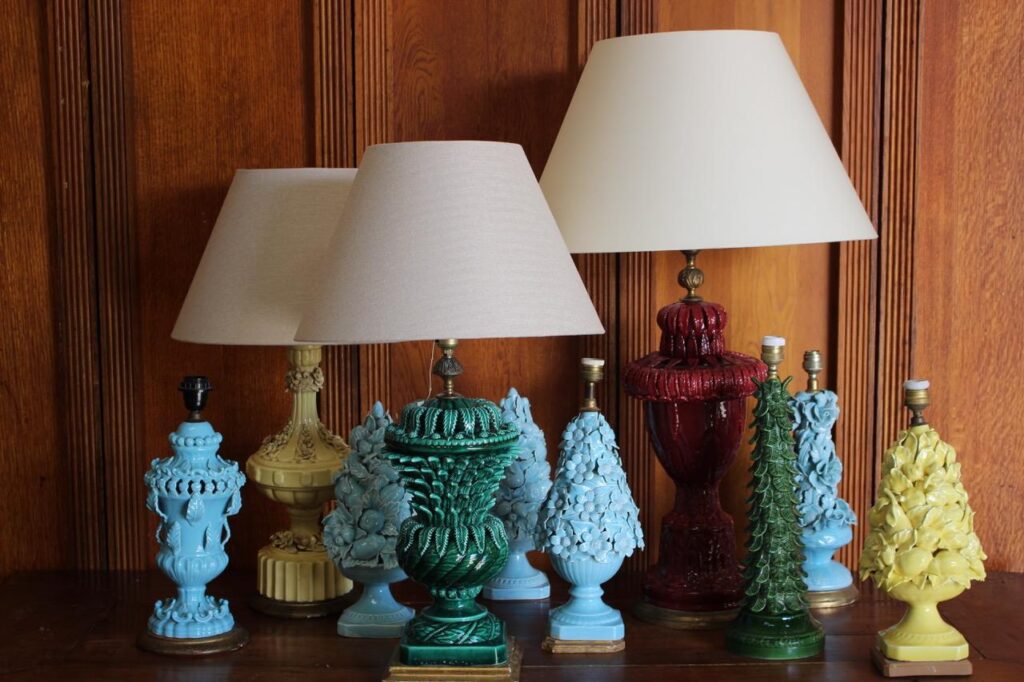
Manises, a town located in the province of Valencia, Spain, is world-renowned for its long-standing tradition of ceramics. Among its most celebrated creations are the iconic Manises lamps (Lampara de Manises), which reflect the town’s deep-rooted heritage in pottery and craftsmanship.
Origins of Ceramics in Manises
The ceramics tradition in Manises dates back to the 14th century when the region became a hub for Moorish-inspired pottery techniques. With its access to high-quality clay and the influence of Islamic artisans, Manises developed a reputation for producing exquisite lusterware—a type of pottery with a metallic glaze. This foundation in ceramics would later pave the way for innovations, including decorative items like lamps.
Rise of Ceramic Lighting
During the 18th and 19th centuries, the demand for decorative household items grew as European interiors became increasingly ornate. Manises craftsmen adapted their skills to produce not only utilitarian objects but also decorative ceramics such as vases, chandeliers, and lamps. These lamps were not merely functional but also works of art, featuring intricate designs and hand-painted motifs.
Characteristics of Manises Lamps
Manises lamps (lampara de Manises) are distinguished by several features that make them unique:
- Glazed Ceramic: They are crafted from high-quality glazed ceramics, often adorned with colorful patterns or floral motifs.
- Baroque Influences: Many designs showcase elaborate, rococo-style embellishments, such as scrollwork, cherubs, and decorative flowers.
- Bright Colors: Traditional Manises lamps often feature bold blues, greens, yellows, and whites, reflecting the Mediterranean aesthetic.
- Floral and Figurative Details: Some lamps include sculpted flowers, fruits, or even small figurines attached to the ceramic base.
20th Century: Golden Era of Manises Lamps
The 20th century marked the golden era of Manises lamps. During this time, local workshops, such as Hernández, Gimeno, and Lladro, became internationally recognized for their artistry. The post-war period saw a resurgence in artisanal craftsmanship, with Manises lamps becoming highly sought after in Europe and the Americas for their distinctive charm.
Modern Revival and Legacy
Today, Manises continues to be a center for ceramic art, and the lamps remain a symbol of the town’s cultural heritage. While some workshops maintain traditional methods, others incorporate modern techniques and designs, blending the old with the new. The Museo de Cerámica de Manises (Manises Ceramic Museum) preserves the legacy of these lamps, showcasing historical pieces alongside contemporary works.
Manises lamps are more than just lighting fixtures; they are a testament to the town’s centuries-old ceramic tradition and a reflection of the artistic ingenuity that defines Valencia’s cultural identity.